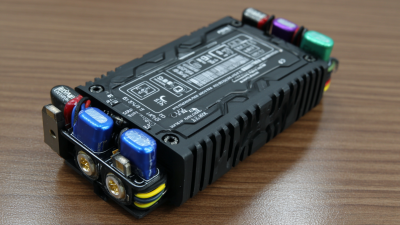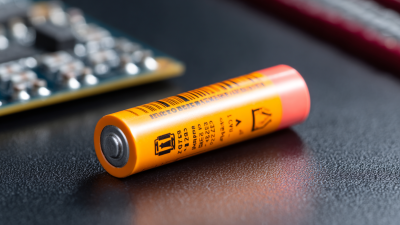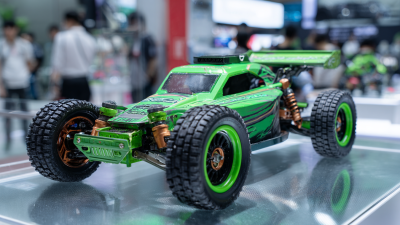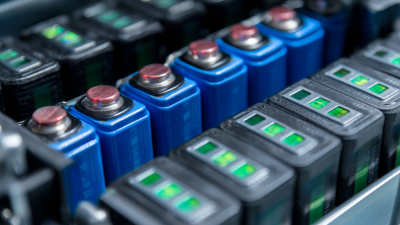 +86-13928815851
+86-13928815851
Leave Your Message
-
 CONTACT NUMBER
CONTACT NUMBER -
 CONTACT NUMBER
CONTACT NUMBER -
 CONTACT NUMBER
CONTACT NUMBER



The advancements in battery technology have brought about significant improvements in performance and efficiency, particularly with the rise of the 2s Lipo Battery. According to a recent report by MarketsandMarkets, the global lithium battery market is projected to reach $126 billion by 2027, driven by innovations in energy density and lifespan. The 2s Lipo Battery, which consists of two lithium polymer cells connected in series, effectively doubles the voltage output while maintaining a lightweight profile, making it an ideal choice for various applications, from remote-controlled devices to drones. The ability to deliver high discharge rates and reduced charging times positions the 2s Lipo Battery as a preferred solution for enthusiasts and professionals alike.
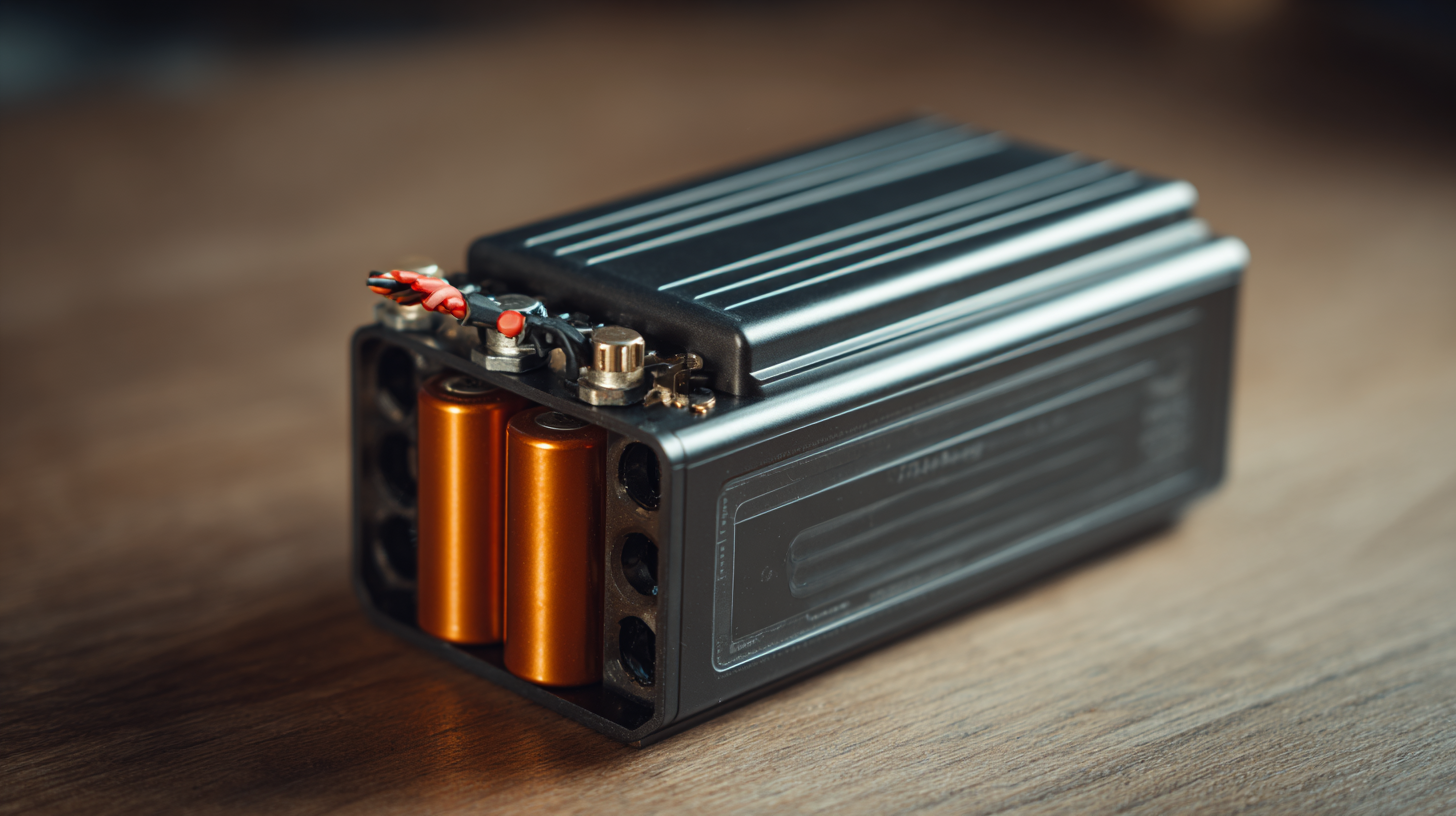
As the demand for reliable and powerful energy sources continues to grow, understanding the advantages of this technology is crucial for anyone looking to optimize their electrifying needs.
The utilization of 2s LiPo (Lithium Polymer) battery technology has become increasingly popular among enthusiasts and professionals alike, primarily due to its superior performance characteristics. One of the most significant benefits of 2s LiPo batteries is their ability to deliver high discharge rates, which can exceed 30C in many configurations. This capability allows for quicker acceleration and improved responsiveness in applications ranging from remote-controlled vehicles to drones. According to a report from Market Research Future, the global demand for LiPo batteries is projected to grow at a compound annual growth rate (CAGR) of over 22% from 2020 to 2027, indicating a clear trend towards high-performance power solutions.
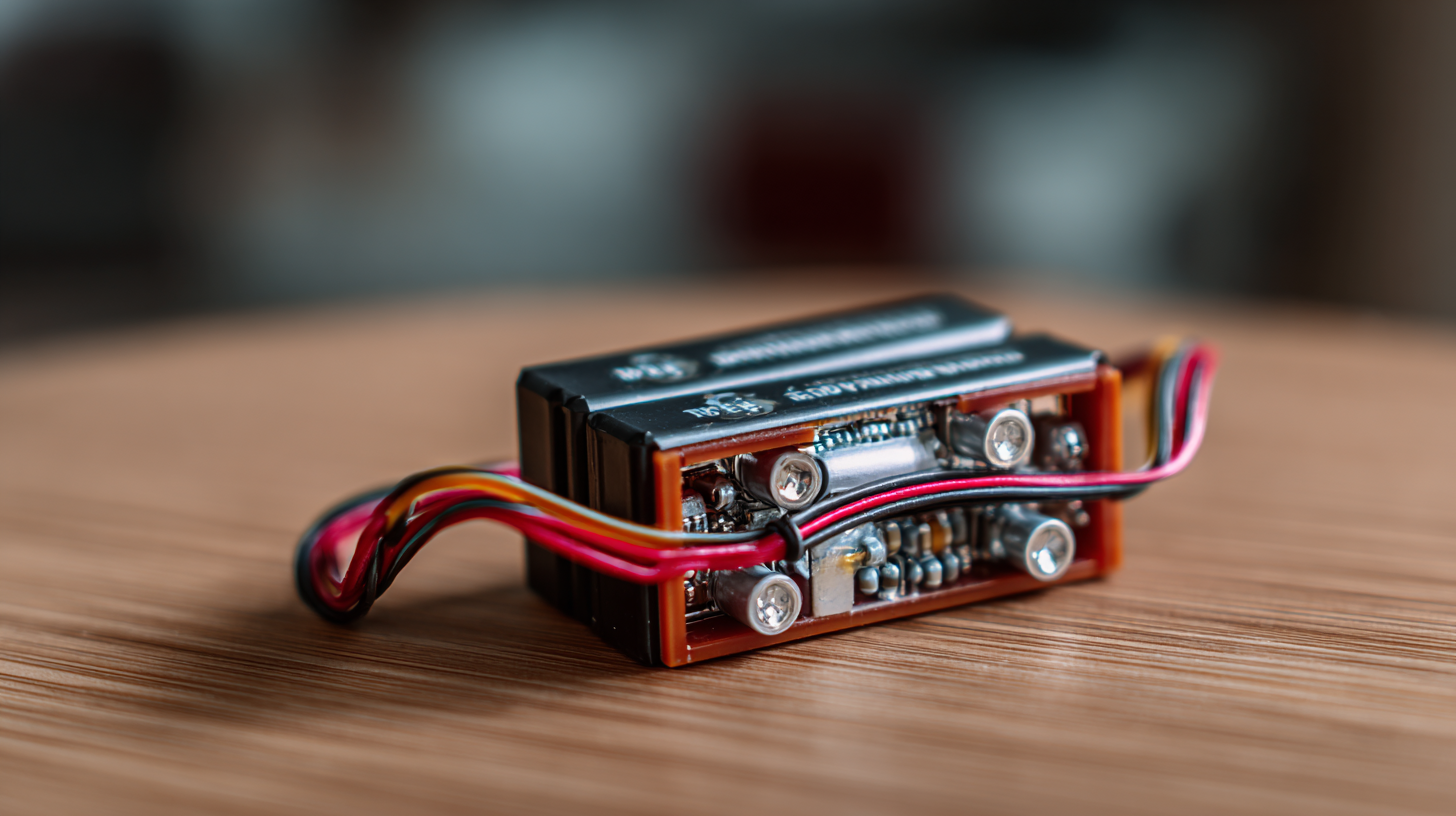
Another notable advantage of 2s LiPo technology is its weight efficiency. These batteries are lighter than their counterparts, like NiMH batteries, which can enhance the overall performance of devices by reducing weight without sacrificing energy output. For instance, a standard 2s LiPo battery can provide greater voltage (up to 7.4V) while remaining compact. This lightweight design proves advantageous in competitive racing scenarios where every gram counts. As highlighted by the Battery University, the energy density of LiPo batteries can reach up to 200 Wh/kg, further underscoring their role in enhancing performance metrics across various sectors.
When exploring battery technology for electrifying applications, 2s LiPo (Lithium Polymer) batteries stand out due to their unique advantages and specifications. A 2s configuration implies two cells in series, enhancing voltage to 7.4V and delivering a robust performance compared to single-cell counterparts. These batteries are notable for their high energy density, often reaching up to 150 Wh/kg, making them ideal for applications ranging from drones to remote control vehicles, where weight and performance are critical.
Key features of 2s LiPo batteries include their lightweight design and exceptional discharge rates, which can exceed 30C in many models. This capability means they can provide significant power bursts, essential for high-demand scenarios such as racing or aerial maneuvers. According to a recent report by the Battery Power Conference, the market for lithium-based batteries is projected to grow at a CAGR of 20% through 2025, with LiPo batteries increasingly dominating segments where power-to-weight ratio is a decisive factor. Moreover, their flat shape allows for versatile configurations, facilitating integration into streamlined designs. As advancements in cell chemistry continue to improve efficiency and safety, understanding these features is vital for anyone looking to harness the full potential of 2s LiPo technology.
When selecting the right 2s LiPo battery, it's crucial to consider key factors such as capacity, discharge rate, and physical dimensions. The capacity is measured in milliampere-hours (mAh) and dictates how long your battery will last during use. For example, a 2200mAh battery can provide energy for approximately 20 minutes in a typical drone flight, depending on usage. According to a report by Allied Market Research, the demand for high-capacity batteries, particularly in the drone and RC vehicle sectors, is projected to grow significantly, making it essential for users to choose batteries that meet their specific energy needs.
Additionally, the discharge rate, often referred to as C-rating, indicates how quickly a battery can be drained. A battery with a C-rating of 30C can provide a continuous discharge rate equivalent to 30 times its capacity. This is particularly relevant for applications requiring high power bursts, like racing drones or RC cars. As documented in a recent report by Market Research Future, advancements in LiPo technology are enhancing discharge performance, offering users more power and reliability. Ensuring compatibility with your device’s specifications and understanding these metrics will lead to optimal performance and longevity of your 2s LiPo battery.
This chart illustrates the capacity and discharge rates of various 2s LiPo batteries, highlighting their performance characteristics that cater to electrifying needs.
When it comes to maximizing the performance of your 2s LiPo battery, proper maintenance is essential. One key tip is to always monitor your battery's voltage levels. Avoid discharging your battery below the recommended voltage, as this can lead to irreversible damage and reduced lifespan. It's good practice to use a voltage alarm or a smart charger, which can help you keep track of your battery's status easily.
In addition to voltage management, temperature control plays a vital role in maintaining your 2s LiPo battery. Extreme temperatures can negatively impact battery performance and longevity. Always store your battery in a cool, dry place, ideally at room temperature. If you’re using the battery for high-performance applications, allow it to cool down after heavy use before charging it again. This can significantly reduce wear on the cells and extend battery life.
Lastly, regular cleaning and proper storage are crucial. After each use, inspect your battery for any signs of damage or swelling. Clean the terminals to prevent corrosion, using a soft cloth or specialized electronics cleaner. When not in use, store your 2s LiPo battery in a fireproof bag and ensure it's at a safe storage voltage to keep it in optimal condition for your electrifying needs.
| Feature | Description | Advantages | Maintenance Tips |
|---|---|---|---|
| Energy Density | High energy density allows for more power in a smaller package. | Lightweight and compact, ideal for remote control devices and drones. | Store in a cool, dry place, avoid deep discharges. |
| Charging Time | Quick charging capability, often within an hour. | Minimizes downtime, getting devices back in action faster. | Use a quality charger designed for LiPo batteries. |
| Discharge Rate | High discharge rates provide instant power. | Ensures performance during peak demand in applications. | Monitor temperature and avoid over-discharging to prevent swelling. |
| Durability | Resistant to physical stress and retains capacity over time. | Long lifespan with proper care, making it cost-effective. | Regularly check for signs of wear and tear, replace if necessary. |
| Environmentally Friendly | Lower environmental impact compared to other battery chemistries. | Promotes sustainable energy use in electronics. | Recycling programs are available; dispose of properly. |
When evaluating battery technologies for high-performance applications, 2s LiPo batteries stand out due to their unique advantages. Compared to traditional nickel-cadmium (NiCd) and nickel-metal hydride (NiMH) batteries, 2s LiPo batteries provide a significantly higher energy density. According to a 2022 industry report by Battery University, LiPo batteries can offer up to 250 Wh/kg, whereas NiCd and NiMH batteries typically range between 40-100 Wh/kg. This energy density translates into lighter weight and more compact designs, making 2s LiPo a favored choice in the RC hobbyist, drone, and electric vehicle sectors.
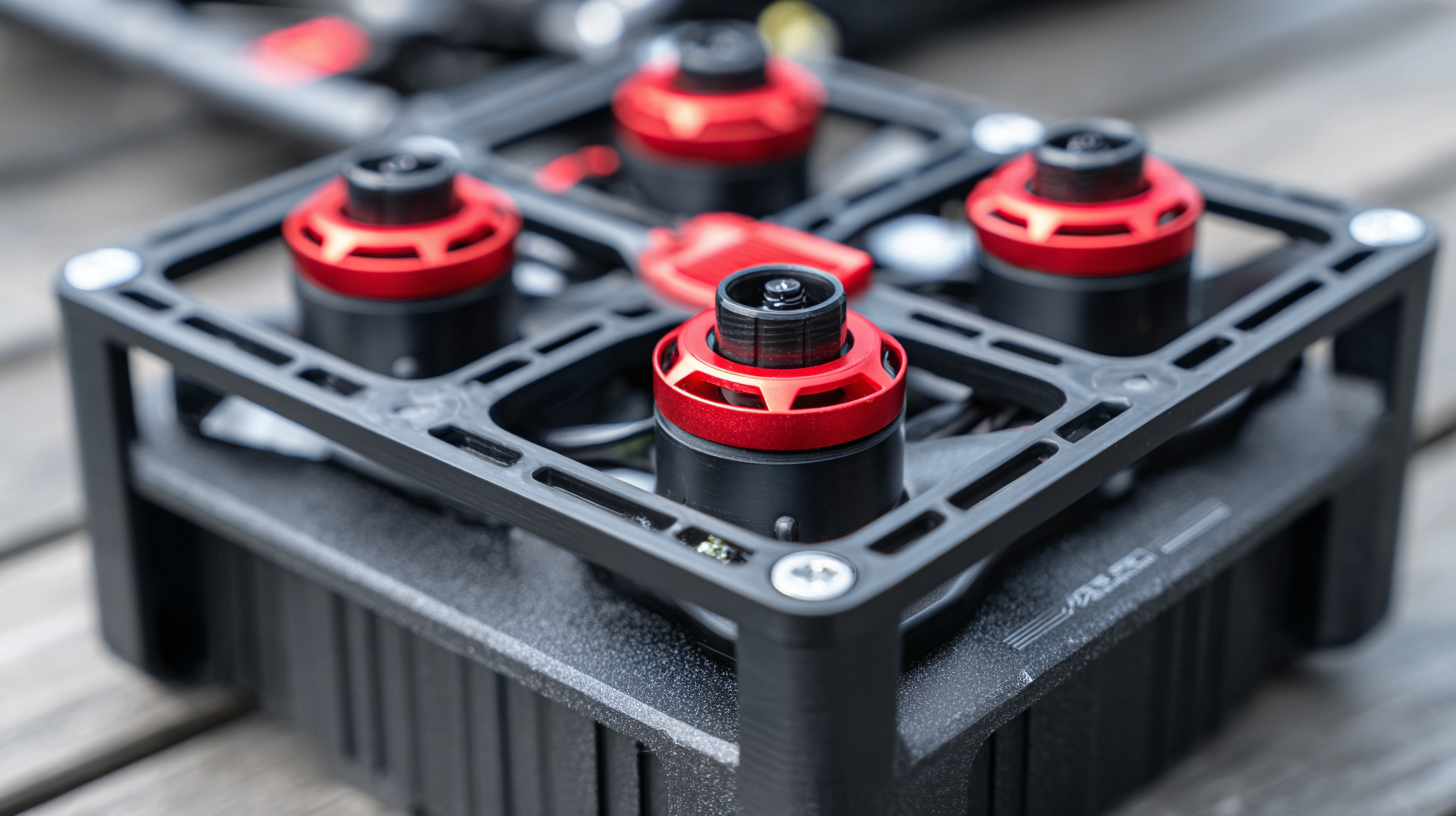
In addition to energy density, 2s LiPo batteries offer lower internal resistance than their counterparts, which results in less energy loss during discharge and faster charging times. Reports indicate that a 2s LiPo battery can achieve a charging rate of up to 1C or higher, compared to 0.5C for many NiMH batteries, thus enhancing operational efficiency. This feature is particularly beneficial in applications requiring rapid turnaround times.
Tip 1: When selecting a 2s LiPo battery, always check its C rating, which indicates the maximum safe discharge rate. Higher C ratings allow for better performance in demanding conditions.
Tip 2: Consider investing in a smart charger specifically designed for LiPo batteries to ensure safety and extend the life of your battery pack.

